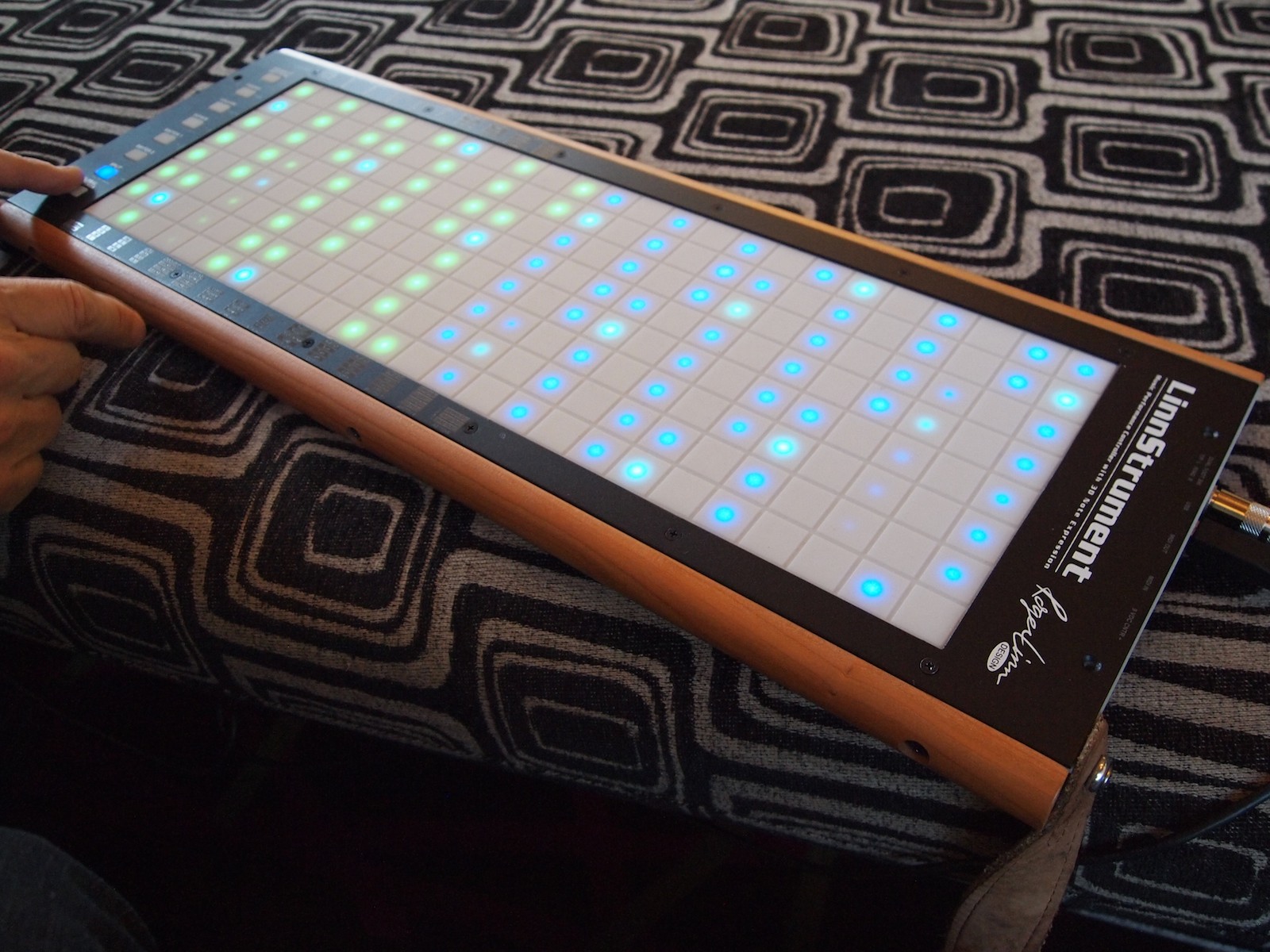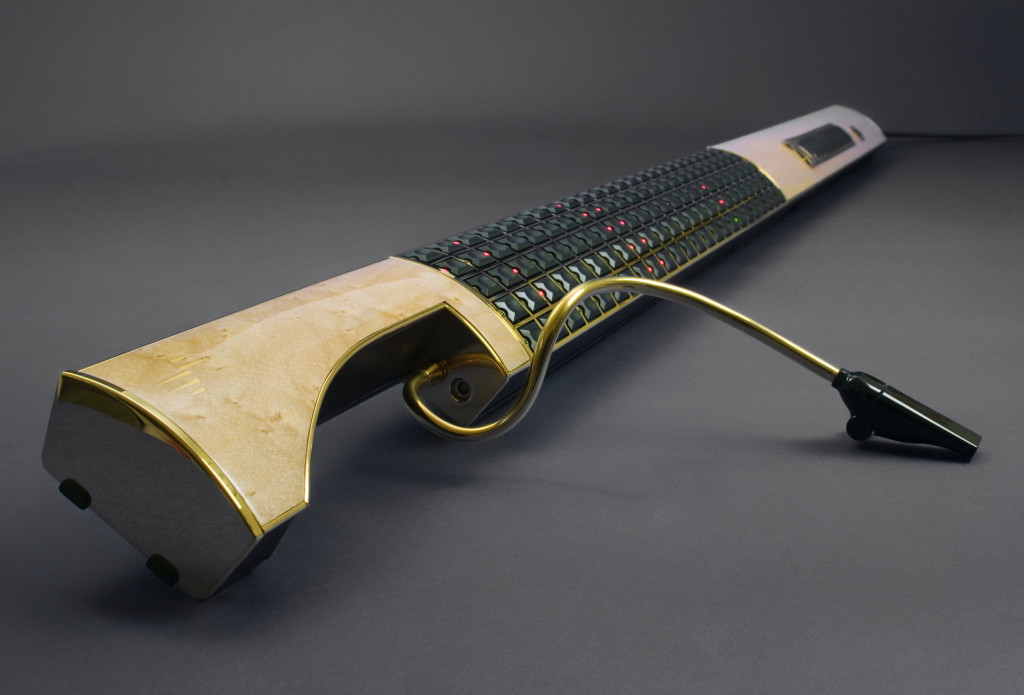These Instruments Might be the Future of Electronic Music

Electronic instruments are going back to the future. Depending on your age, you may or may not remember the synthesizers that played such a dominant role in movie soundtracks and popular songs of the 70s. The Yamaha CS-80 was a vital instrument back then, producing iconic sounds by simply applying finger pressure on a key. However, by the 1980s, instruments using polyphonic pressure had all but vanished entirely.
Now, 35 years later, newer technology is seeing a new wave of electronic circuitry known as polyphonic multi-dimensional controllers or PMCs. The latest devices have the ability to sense finger movement in all three dimensions simultaneously. So, in addition to controlling volume, the musician can also alter pitch and timbre. Using computers, specially designed software, and spatial sensors, musicians might compose music in 3D space as if conducting an orchestra. Using this technique, the electronics work together, directed by the hands of the artist to create a limitless array of simple to complex melodies.

Syntopia reports a number of PMC synthesizers that are readily available on the market. The Roli Seaboard features a futuristic piano complete with flesh-like keyboard. The Haken Continuum looks not unlike an elongated mouse pad. The Madrona Soundplane consists of a scored walnut slab that some suggest resembles a cribbage board. Then there is the Eigenharp that boasts 132 keys, two control strips, and a breath pipe for initiating notes or applying various effects.
However, the LinnStrument may be the most practical for a wide range of musicians. At a suggested retail price of $1,500, the Linn is a fraction of the price of its competitors, while remaining quite user-friendly and compact. Roger Linn has decades of experience in the realm of instrument creation. His innovations have been showcased by many a well-known artist, including everyone from Stevie Wonder and Prince to Dr. Dre and Puff Daddy. Linn was responsible for creating the first programmable drum computer, a machine that served as a beat box for the 1980s. Among other iconic recordings, that instrument created the now familiar sounds featured on Michael Jackson’s Thriller soundtrack.
This new crop of PMC-driven instruments may very well represent the future of music.
